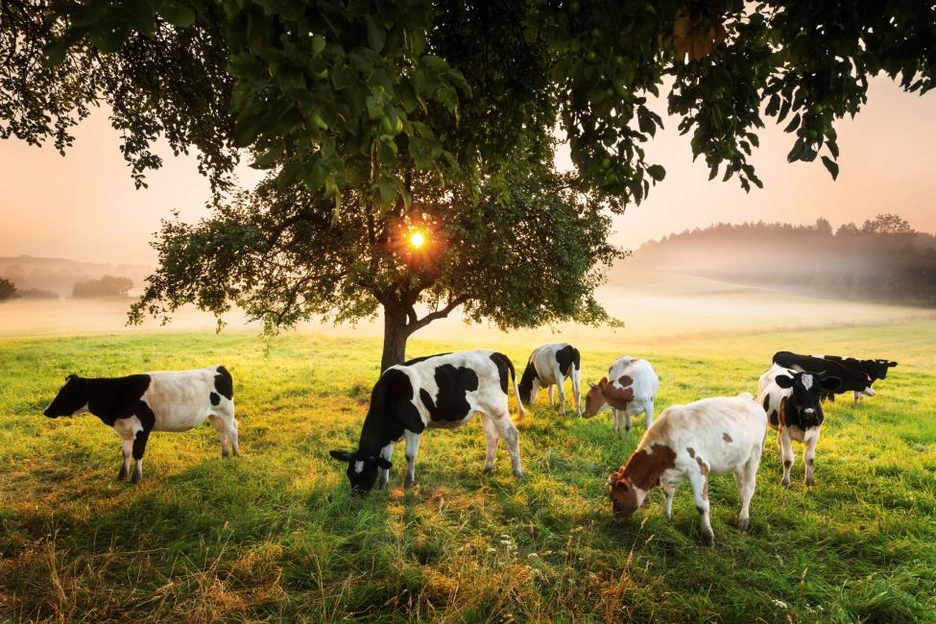How to lose weight, feed 9 billion people and save the planet?

[caption id="attachment_941" align="alignright" width="300"] Did you know that the daily amount of methane a cow produces can run a refrigerator for a day? Biodigestors can capture the gas and generate energy, therefore reducing the environmental impact of milk.[/caption]
Did you know that the daily amount of methane a cow produces can run a refrigerator for a day? Biodigestors can capture the gas and generate energy, therefore reducing the environmental impact of milk.[/caption]
The world population is expected to reach more than 9 billion by 2050 and we all need to eat. Our food choices have a wide ranging impact not only on our health, but also the environment. Different foods use different amounts of water, land, nutrients and fossil fuels to get them from farm to table. It turns out that the goodies best for us – all those greens and grains – are also the ones with the lowest impact on the environment. A tomato needs 13 liters of water to ripen; a potato needs 25, an apple 70. You think that’s a lot? Then consider the 2,400 liters that are needed to produce a hamburger. In general, the foods that raise cholesterol and hurt beach bodies also cause greater resource depletion and greenhouse gas emissions: the carbon footprint of an average meat lover’s diet is twice as much as a vegetarian’s.
The footprint of our diet is the combined impact that a steak or a liter of milk has on our environment. The smaller this footprint the better, especially since in Latin America and the Caribbean alone, 360 million people are moving out of the Base of the Pyramid and eating more meat and processed foods, like those in industrialized countries.
While all of us can individually have a positive impact by consciously choosing healthy and sustainable food products, the IDB as a development institution also has a role to play. Agribusiness, which is responsible for about two thirds of greenhouse gas emissions and large scale deforestation in Latin America, is one of the priority sectors for investments for IDB’s Structured and Corporate Finance department. We focus our investments on technologies that increase productivity and returns while minimizing land conversion, reducing emissions, maintaining resources and adapting to a changing climate.
[caption id="attachment_940" align="aligncenter" width="504"] The double food pyramid shows that foods with higher recommended consumption levels also have a lower environmental impact.[/caption]
The double food pyramid shows that foods with higher recommended consumption levels also have a lower environmental impact.[/caption]
Many of our projects target companies that produce the healthy food needed to feed the region and that do so through a sustainable business model that is both financially and environmentally sound. Even in subsectors such as dairy and meat that will always be emissions-intensive, a lot can be done to produce nutritious products while finding ways to reduce carbon and water footprints The challenge is to make operations more environmentally-friendly while keeping the business profitable. One example of a company that SCF supported is Estancias del Lago, a large dairy producer in Uruguay that installed a biogas plant that will capture methane from cattle manure. The generated thermal energy will be mainly used to source a new powdered milk plant. The milk you buy from them will be just as healthy as any other milk and better for the environment. This is the kind of “win-win” opportunity that can incentivize the private sector to invest in sustainability.
LIKE WHAT YOU JUST READ?
Subscribe to our mailing list to stay informed on the latest IDB Invest news, blog posts, upcoming events, and to learn more about specific areas of interest.
Subscribe



